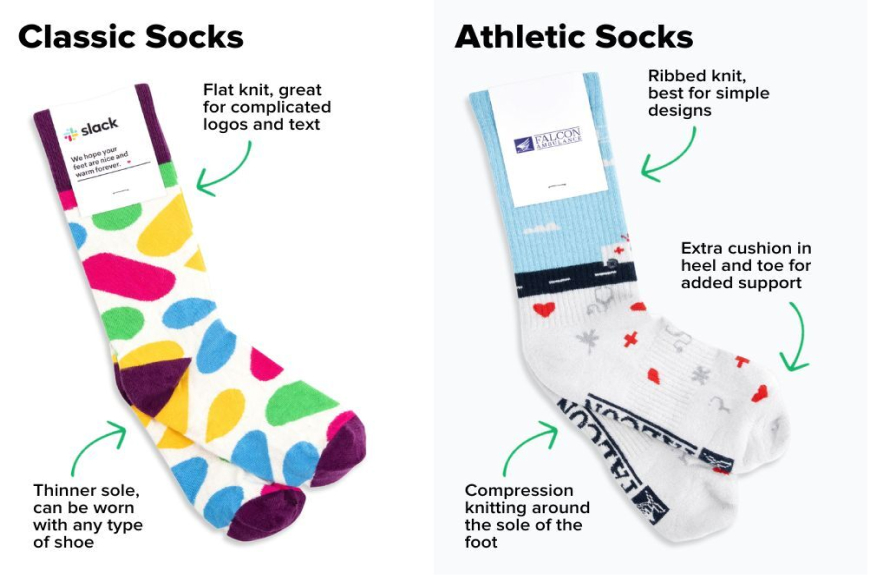Recovering from a 5th metatarsal fracture can be a challenging process, but with the right support, you can make your healing journey more comfortable and efficient. One often overlooked tool in fracture recovery is the use of compression socks. These specialized garments can play a crucial role in managing swelling, improving circulation, and providing support during the healing process.
Understanding the 5th Metatarsal Fracture
The 5th metatarsal is a bone located on the outer edge of the foot. Fractures in this area are common, especially among athletes and active individuals. Recovery from this type of injury typically involves a period of immobilization, followed by gradual weight-bearing and rehabilitation exercises.
Benefits of Compression Socks for Fracture Recovery
Compression socks can offer several benefits during the recovery process. They work by applying gentle pressure to the lower legs and feet, which helps improve blood circulation and reduce swelling. This improved circulation can aid in delivering oxygen and nutrients to the injured area, potentially speeding up the healing process.
For those dealing with a 5th metatarsal fracture, compression socks can be particularly helpful in managing post-injury swelling. The controlled pressure they provide can help prevent fluid buildup in the foot and ankle, which is common after this type of injury.
Choosing the Right Compression Socks
When selecting compression socks for fracture recovery, it's important to choose a pair that offers the right level of compression and fits properly. Look for socks that provide graduated compression, with the highest pressure at the ankle and decreasing pressure up the leg. This design helps promote blood flow back to the heart.
It's also crucial to consider the material of the socks. Breathable fabrics like those used in high-quality athletic socks can help keep your feet comfortable and dry during the recovery process.
Wearing Compression Socks During Recovery
During the initial stages of recovery, when your foot is likely to be in a cast or boot, you may not be able to wear compression socks on the injured foot. However, wearing a compression sock on your uninjured leg can help prevent blood clots and maintain circulation while you're less mobile.
As you progress in your recovery and are able to bear weight on your injured foot, you can start wearing compression socks on both feet. This can help manage any residual swelling and provide support as you gradually increase your activity level.
Compression Socks and Physical Therapy
As you begin physical therapy and rehabilitation exercises, compression socks can continue to play a supportive role. They can help manage swelling that may occur with increased activity and provide a sense of stability to your recovering foot.
For those who find it challenging to put on compression socks due to limited mobility, using a sock aid designed for compression socks can be incredibly helpful. These tools make it easier to don and doff your socks without straining your recovering foot.
Long-Term Use of Compression Socks
Even after your fracture has healed, you may find benefits in continuing to wear compression socks, especially during physical activities. Many athletes and active individuals use compression socks regularly to support circulation and reduce fatigue.
If you're looking for durable options for long-term use, consider exploring high-quality boot socks that offer both compression and durability. Some brands, like Darn Tough, even offer military discounts for their performance socks, which can be a great option for those eligible.
Wrapping Up
Compression socks can be a valuable tool in your recovery from a 5th metatarsal fracture. By improving circulation, reducing swelling, and providing support, they can help make your healing process more comfortable and potentially more efficient. Remember to consult with your healthcare provider about the appropriate use of compression socks in your specific recovery plan, and choose high-quality socks that offer the right level of compression for your needs.


